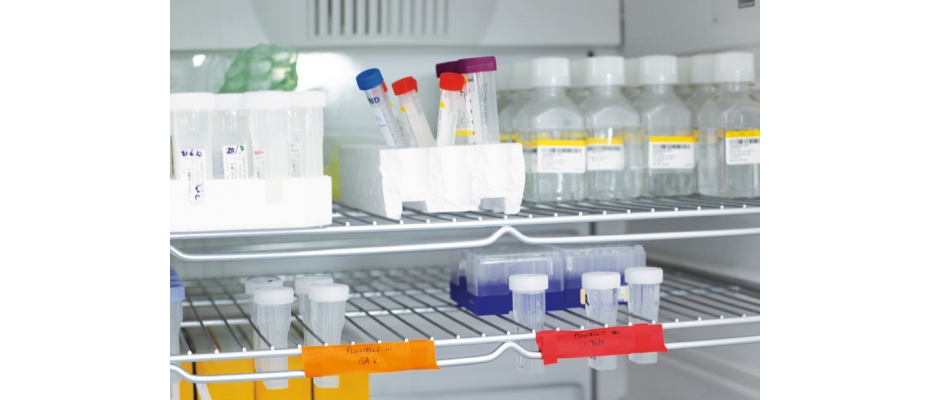
Researchers from CNAG, the Institut Català d’Oncologia and other research institutions have compared RNA sequencing results from paired formalin-fixed paraffin-embedded (FFPE) and fresh-frozen (FF) glioblastoma tissue samples. The study was performed as part of the Glioma Catalonia Group and published in Plos One.
Initially there was a selection of eleven cases from patients who had primary glioblastomas; two samples had been obtained from the same tumour from each patient, one of which had been stored as FFPE and one as FF. After quality control checking, four out of these eleven paired samples were considered suitable for sequencing. The next-generation sequencing platform at the CNAG performed whole transcriptome sequencing using tumour samples from both conservation types, FFPE and FF.
The bioinformatic analysis of the RNA sequencing showed that RNA from FFPE samples was highly degraded but maintained transcriptomic similarities to RNA from FF samples. The results suggest that stored FFPE samples can be used for RNA sequencing analysis of gliobastoma providing reliable gene expression data that can be used in molecular studies if the RNA is sufficiently preserved.
It is very valuable information since FF tissue samples of gliobastoma are difficult to obtain because the tumor tissue obtained at surgery is often scarce and necrotic and diagnosis is prioritized over freezing. After diagnosis, leftover tissue is usually stored as FFPE tissue for long-term storage. FFPE is the standard conservation procedure in a clinical setting.
Work of refence











